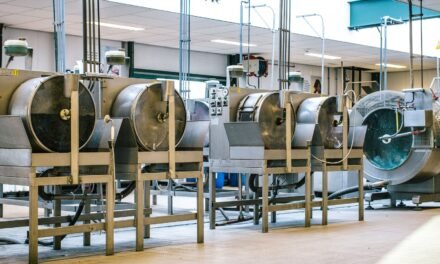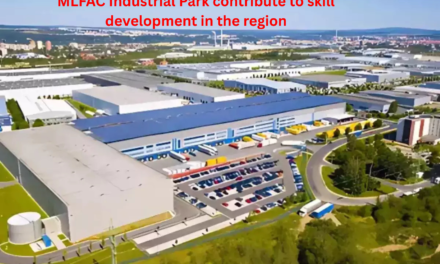The cost of raw leather significantly influences the profitability of leather goods manufacturers. Here’s how:
- Direct Impact on Production Costs: Raw leather constitutes a major portion of the overall production cost. Fluctuations in raw material prices directly impact the manufacturer’s expenses.
- Profit Margin Squeeze: Rising raw leather costs can squeeze profit margins, especially for manufacturers operating on tight margins. This can force them to either:
- Increase Selling Prices: Passing on the increased costs to consumers, which can impact demand, especially in competitive markets.
- Reduce Profit Margins: Absorbing the increased costs, leading to lower profitability.
- Competitive Pressure: Manufacturers facing higher raw material costs may become less competitive compared to those with access to more affordable raw materials or those using alternative, less expensive materials.
- Investment Decisions: Volatile raw leather prices can create uncertainty, making it difficult for manufacturers to make long-term investment decisions, such as expanding production capacity or investing in new technologies.
Key Factors Influencing Raw Leather Costs:
- Supply and Demand: Global supply and demand dynamics for hides and skins significantly impact prices. Factors like livestock populations, meat consumption patterns, and disease outbreaks can cause fluctuations.
- Geopolitical Events: Events like droughts, floods, and geopolitical instability in major livestock-producing regions can disrupt supply chains and drive up prices.
- Currency Fluctuations: Exchange rate fluctuations can impact the cost of imported raw materials.
Strategies to Mitigate the Impact of Raw Leather Costs:
- Hedging: Implementing hedging strategies, such as futures contracts, can help mitigate the impact of price fluctuations by locking in prices for future purchases.
- Diversification: Diversifying raw material sources and exploring alternative, more affordable materials can reduce reliance on a single source and mitigate price risks.
- Efficient Inventory Management: Effective inventory management can help minimize the impact of price fluctuations by optimizing stock levels and reducing the risk of losses due to price declines.
- Cost Optimization: Implementing cost-optimization measures throughout the production process, such as improving production efficiency and reducing waste, can help offset the impact of higher raw material costs.







